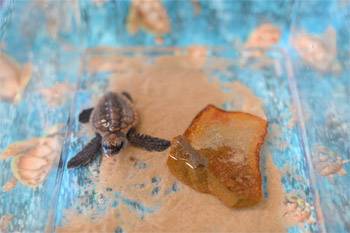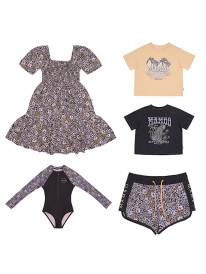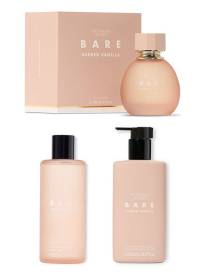Australia Zoo Wildlife Hospital .Shellebrates' World Turtle Day

Australia Zoo Wildlife Hospital -Shellebrates' World Turtle Day
Today is World Turtle Day, an annual occasion set aside to encourage the protection of turtles and tortoises and their disappearing habitats around the world. It's also a time to celebrate the incredible conservation efforts carried out worldwide in a bid to save them.
In the last 12 months alone, the Australia Zoo Wildlife Hospital has treated 132 turtle patients. From beach strandings and fishing tackle entanglement, boat strikes and predation, to floating syndrome caused by plastic ingestion and disease, the Wildlife Hospital has seen many different cases ranging across various species of turtle including the endangered loggerhead and green sea turtle and critically endangered hawksbill turtle, plus a number of different freshwater turtles.
One such example is Bob the loggerhead turtle. Bob is just days old and was found in Noosa Heads where he was too exhausted and weak to make his way past the waves and into the ocean with his brothers and sisters.
Bob weighs only 22 grams"he is a hatchling and therefore his umbilicus was still exposed as he made his way along the beach. As a result, Bob developed an infection which is now being treated at the Wildlife Hospital as he takes some time out to gain his strength before setting out on the long journey ahead of him.
'Bob is recovering really well; he's getting stronger and stronger with each day and thankfully, his infection is healing quite nicely," said Dr Danny Brown, Bob's treating Vet.
'It's rare that we see such a fresh hatchling, especially at this time of year when most have already made their way to the ocean.
There was a bit of friendly competition around this one, we all wanted to work with him"he is very cute!" Danny added.
Marine turtles have nested on parts of Queensland's coast for thousands of years and can be aged 30-50 before they begin to breed. Combined with this, the breeding season might only be once every two to eight years. Hatchlings like Bob have a low chance of survival, with the possibility of just one in 1000 reaching maturity.*
All these factors make the sea turtle particularly vulnerable to human interference in their natural environments. Human activity has had a substantial impact on all turtle species"which is why the rehabilitation work being carried out at the Australia Zoo Wildlife Hospital is so important.
Turtle treatment can cost around $100 - $200 per day with a stay of up to three months and sometimes longer. With Australia Zoo covering 100% of administration costs for the Wildlife Hospital, every donation to Australia Zoo Wildlife Warriors goes directly towards medical treatments which save precious lives and create positive outcomes for patients just like Bob.
To donate or learn more, go to: www.wildlifewarriors.org.au
Photo credit: Australia Zoo/Ben Beaden
MORE





